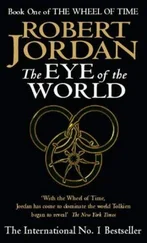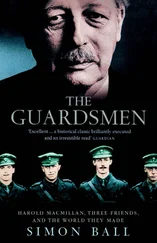Riou, the remaining crew, the five Superintendents of Convicts, and twenty convicts, sixty-one people in total, or about half of the total number who had sailed on the Guardian from England, stayed with the ship. Miraculously, they managed to keep it afloat and steer whatever was left of it northwest. Almost two months to the day after the Guardian hit the iceberg, a floating mass of timbers was spotted in the sea outside Table Bay. Whalers were sent out to help the wreck to safety.
Those who stayed with the Guardian were lucky to be alive.[56] The convicts, Riou told the Admiralty, had behaved so helpfully, working the pumps day and night, and so he had promised them he would do whatever was in his power to pardon them.[57] William Grenville, the Home Secretary, who had the power to do this, agreed with Riou. The twenty convicts were put on the Neptune and the Scarborough , two of the convict transport ships of the Second Fleet that arrived at the Cape on 13 April 1790. Six either died on the voyage to New South Wales or shortly after. Governor Arthur Phillip pardoned the remaining fourteen convicts – though they had to remain within the confines of the settlement until their sentences had expired, they were free men.[58]
Those who went on the launch, fifteen in total, also survived. A French merchant ship from Mauritius chanced upon the boat in the middle of the ocean on 3 January, and took the castaways to the Cape.[59] Some of the survivors went back to London taking passage on East India Company ships that were returning from China, and it was with their arrival in London on 23 April 1790 that the news of what had happened in the Southern Ocean on Christmas Eve was first made public.[60]
Smith and Austin were both on one of the smaller boats. They and their thirty-eight compatriots didn’t survive. Nor did the ninety-three pots of plants.
Captain George Tripp had commanded HMS Grampus on the voyage along the African coast to search for a suitable site for a new penal colony with HMS Nautilus . He was instructed by the Admiralty on 8 October 1790 to sail HMS Sphinx as quickly as possible to the Cape.[61] He was ordered to pick up Riou and bring him back home, and what remained of HMS Guardian that had not been sold off. By 15 May 1791 Riou was back in London. In addition to bringing the ship’s figurehead and some guns and shot, Riou had been given a consignment of plants from Francis Masson for Banks.[62] There were two boxes of seeds and bulbs and ‘a large growing plant of Strelitzia alba ’, all for Kew.[63] Named after Augusta, Princess of Wales and mother of King George III, the person most responsible for bringing Kew into the Georgian era, this Strelitzia was the second species of this genus introduced by Masson, the first, in 1773, being the Strelitzia reginae . Banks was very pleased to hear of Riou and his courage, and thanked him for the plants, especially the Strelitzia alba .[64]
Though Riou’s voyage was a disaster there was one piece of good news. The plant cabin Banks had had built for the Guardian had worked. Almost all of the fruit trees and plants, Riou told him, were still alive when the ship came to grief. This information encouraged Banks to believe that he had solved the problem of moving live plants across the globe.[65]
Конец ознакомительного фрагмента.
Текст предоставлен ООО «ЛитРес».
Прочитайте эту книгу целиком, купив полную легальную версию на ЛитРес.
Безопасно оплатить книгу можно банковской картой Visa, MasterCard, Maestro, со счета мобильного телефона, с платежного терминала, в салоне МТС или Связной, через PayPal, WebMoney, Яндекс.Деньги, QIWI Кошелек, бонусными картами или другим удобным Вам способом.












